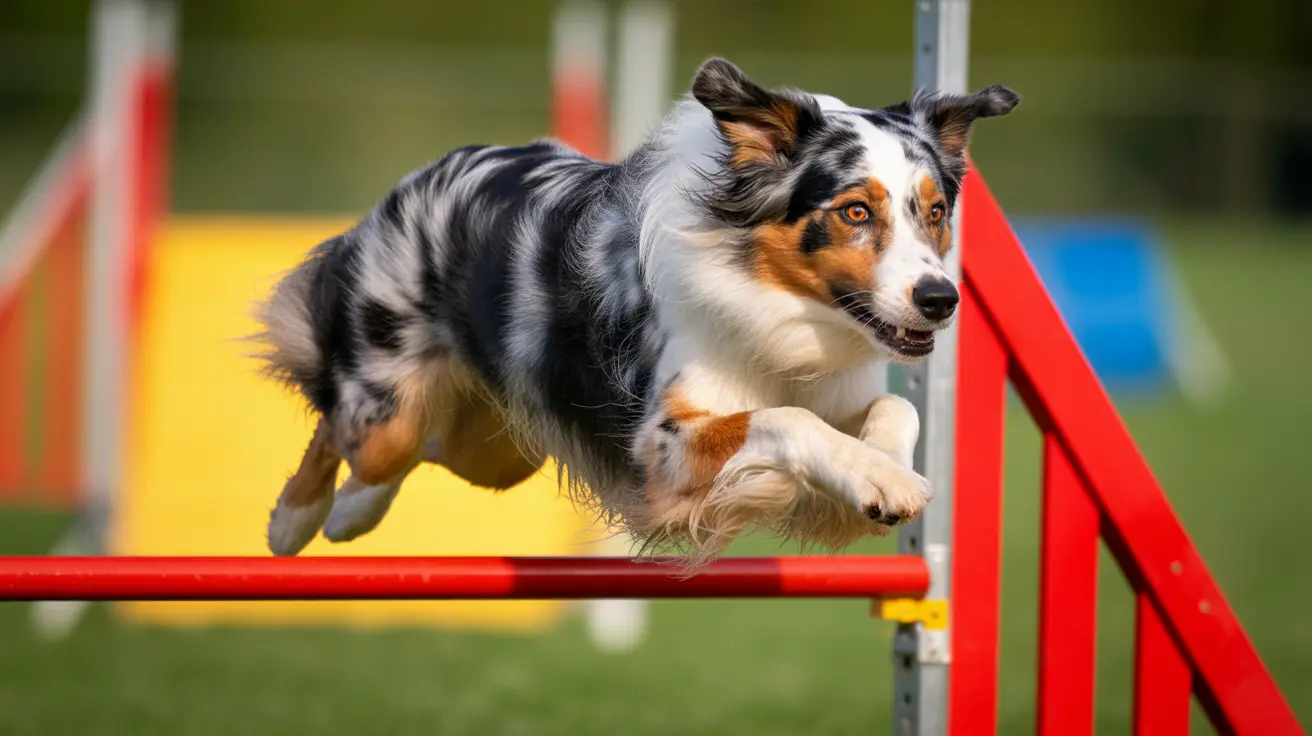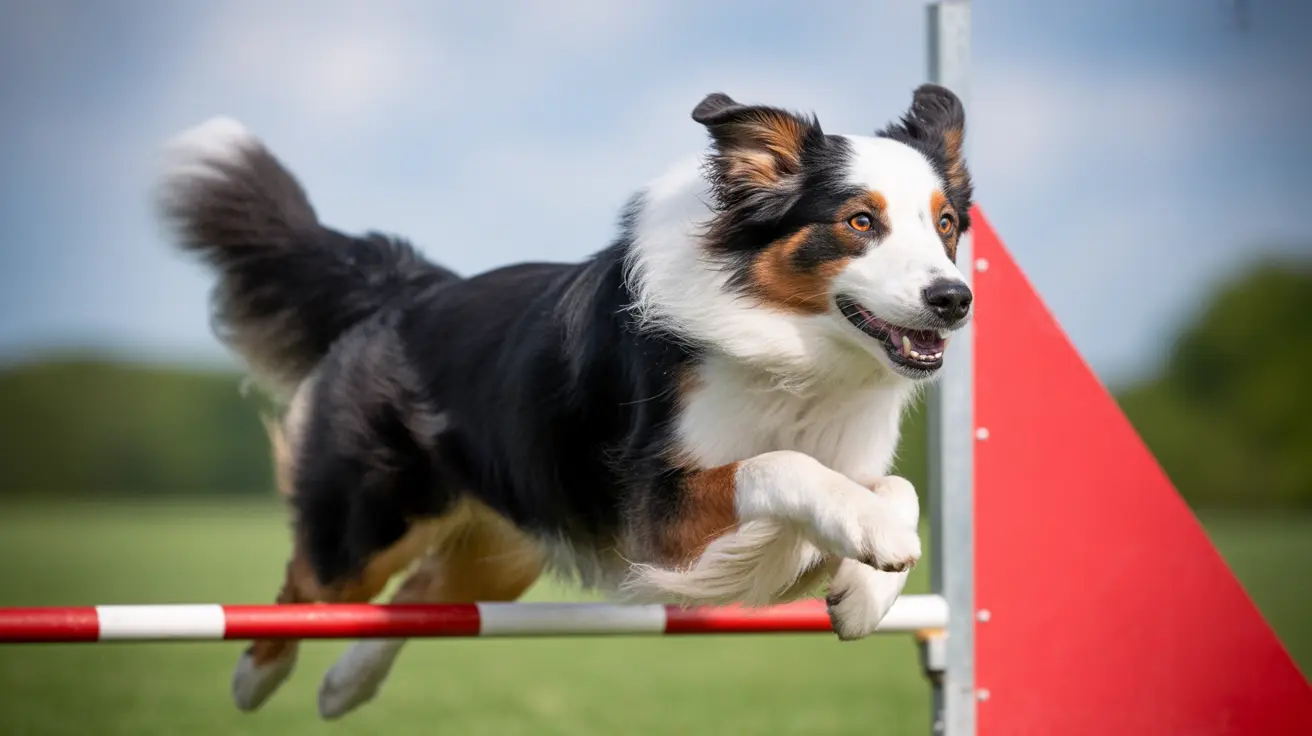Understanding Leptospirosis Vaccination for Dogs
Leptospirosis is a serious and potentially fatal disease that affects both animals and humans. Caused by the Leptospira bacteria, it spreads primarily through contact with infected urine, contaminated water, or soil. Any dog with outdoor access is at risk, making annual vaccination a key preventive measure recommended by veterinary experts.
Why Leptospirosis Vaccination is Important
The disease is among the most common zoonotic infections globally, meaning it can transfer between animals and people. Dogs contract leptospirosis when exposed to environments contaminated with the urine of infected wildlife such as:
- Rats
- Raccoons
- Opossums
- Skunks
- Deer
- Squirrels
Contaminated sources include lakes, ponds, puddles, and soil, even in urban settings or backyards. Once infected, dogs may suffer damage to critical organs, particularly the kidneys and liver.
When Should Dogs Be Vaccinated?
According to the American College of Veterinary Internal Medicine (ACVIM) and the American Animal Hospital Association (AAHA), all dogs – regardless of breed, age, or lifestyle – should be vaccinated for leptospirosis. The recommended vaccination schedule includes:
- Initial series: Two doses, 2–4 weeks apart
- Annual boosters: Once every 12 months to maintain immunity
Immunity from natural infection or vaccination does not last indefinitely, and antibody detection in blood tests isn't a guaranteed marker of protection. Thus, annual boosters are necessary even for previously infected or vaccinated dogs.
Which Dogs Are at Higher Risk?
Leptospirosis is no longer confined to rural-only scenarios. Dogs at high risk include those who:
- Play in dog parks, daycares, or boarding kennels
- Swim in or drink from lakes, streams, or puddles
- Live in areas with wildlife or rodent populations
- Reside in urban environments with poor sanitation
It's also been noted that small breed dogs, previously thought to be at lower risk, can contract the disease – especially in urban landscapes.
Recognizing Leptospirosis Symptoms in Dogs
The symptoms of leptospirosis in dogs vary widely and can resemble other illnesses. Common signs include:
- Fever
- Vomiting and diarrhea
- Abdominal pain
- Lethargy
- Increased thirst and urination
- Loss of appetite
- Jaundice
- Muscle pain or stiffness
- Eye inflammation
Young dogs are often more severely affected, and in some cases, the disease can cause extensive organ failure or death. If any of these symptoms are noticed, a visit to the veterinarian is essential.
Vaccine Safety and Efficacy
Today’s vaccines are generally safe and well-tolerated. While mild side effects may occur, such as tenderness at the injection site or temporary sleepiness, severe reactions are rare. According to UK data, adverse events occur in:
- 0.016% of bivalent (L2) vaccinations
- 0.045% of quadrivalent (L4) vaccinations
The quadrivalent vaccine covers four major strains — Canicola, Icterohaemorrhagiae, Grippotyphosa, and Pomona — offering broader protection as leptospira serovars vary by region.
Managing Concerns About Overvaccination
Some holistic veterinarians suggest tailoring vaccination plans to individual lifestyles. While concerns about overvaccination exist, the risk posed by leptospirosis — including fatal complications and public health threats — often outweighs these concerns. Informed discussions with your vet can help in making the best decision.
Good Preventive Practices
Besides vaccination, you can take additional steps to protect your dog and family:
- Avoid letting dogs drink from natural water sources
- Limit access to areas frequented by wildlife
- Clean and disinfect areas where dogs urinate
- Wear gloves when handling waste from sick pets
- Maintain overall health to boost immunity
Leptospirosis and Public Health
The zoonotic nature of leptospirosis means infected dogs can pose a threat to humans. After recovery, dogs may continue to shed bacteria in their urine for weeks. As such, household hygiene and appropriate isolation practices are critical.
During a 2021 outbreak in Los Angeles County, 201 canine cases and 13 deaths were recorded. Over half of the infected dogs had been exposed in dog daycares or parks. Following this outbreak, authorities recommended making the quadrivalent vaccine core for all local dogs.
Conclusion
Leptospirosis remains a persistent threat to dogs across all environments. Annual vaccination, beginning with two initial doses, is vital for prevention. Given the severity of the disease and the fact that natural immunity is short-lived, regular boosters provide essential protection. Every dog, regardless of size, breed, or location, can benefit from vaccination, keeping both pets and their human families safer.





